نقد و بررسی
مبانی نظری و پیشینه پژوهش ناگویی هیجانی با منابع 2024-2025فهرست مطالب:
- تعریف ها و مفاهیم تنظیم هیجانی
- تعریف های تنظیم هیجان
- چارچوب نظری تنظیم هیجانی
- مفهوم ناگویی هیجان
- ویژگی های اصلی ناگویی هیجانی
- منابع فارسی
- منابع غیر فارسی
بخشی از محصول
تنظیم هیجان افراد به طور کلی به بررسی و ارزیابی موقعیت های استرس زا و مقابله با برانگیختگی هیجانی منفی کمك میکند و به طور خاص، به راهبردهایی که با هدف تغییر راهی که آنها در مورد استرسها، موقعیتها و حوادث فکر میکنند میپردازد(مهتا و همکاران، 2025). هوش، مجموعه اي از تواناییهاي شناختی که به ما امکان می دهد تا نسبت به جهان اطراف آگاهی پیدا کنیم و یاد بگیریم که مسائل را حل کنیم.به عبارت روشن تر هوش یک ظرفیت شناختی است که امکان کسب دانش، یادگیري و چگونگی حل مسأله و مشکلات را فراهم می سازد(فیدلر و همکاران، 2025)..هوش به یک توانایی ذهنی عمومی اطلاق می شود و شامل توانایی استدلال، برنامه ریزي، حل مساله، تفکر انتزاعی، درك افکار پیچیده و یادگیري سریع از تجربه هاست.این تعریف کامل نیست، در واقع هوش با استفاده از نمرات ضریب هوش از آزمون هاي استاندارد، توسط کارشناس ماهر و با تجربه مشخص می گردد(مهیاری، 1399).
منابع فارسی
- برجعلی، محمود؛ رحمانی، سهیلا؛ کریمی، آرزو و زینالی، مریم، (1399)، مقایسه اثربخشی درمان متمرکز بر شفقت به خود و درمان فراشناختی بر علائم افسردگی و دشواری در تنظیم هیجان در کارکنان نیروهای مسلح مبتلا به افسردگی، فصلنامه روانشناسی نظامی، 11(44)، 5-16.
- پورنقاش تهرانی، سید سعید؛ مرتضوی فر، سمیرا و مرتضوی فر، سمیه، (1399)، تأثير حمايت اجتماعی و راهبردهای تنظيم هيجان در پيش بينی سلامت روانی افراد مبتلا به اسكلروزيس چندگانه، مجلۀ علوم روانشناختی، 19(89)، 529-539
- ظفری، شقایق و خادمی اشکذری، ملوک، 1399، بررسی مدل ساختاری نقش راهبردهای شناختی تنظيم هيجان، ذهن آگاهی و كمال گرايی در پيش بينی مشكلات هيجانی در دانش آموزان، مجلۀ علوم روانشناختی، 19(87)، 321-328
- علیائی، نیلوفر؛محمدزاده، علی؛سیدولیلو، میرمحمود، (1399)، رابطه وابستگی به فضای مجازی با هوش هیجانی، احساس تنهایی و صفات شخصیت در دانش آموزان دختر، فصلنامه مطالعات روانشناسی و علوم تربیتی، 50، 137-156.
- مهیاری، مریم، (1399)، تحلیل و بررسی رابطه بین هوش هیجانی و سازگاری اجتماعی دانش آموزان دختر، فصلنامه رهیافت های نوین در مطالعات اسلامی، 3، 209-232
- منتظری، بابک، (1399)، تاثیر هوش هیجانی بر تصمیمات سرمایه گذار در بازار سرمایه، مجله پژوهش های معاصر در علوم مدیریت و حسابداری، 6، 101-110
- جوادیان، رضا؛ کثیر، صادق؛ فراست، هادی و چگینی، داوود، (1398)، تأثیر دشواري هاي تنظیم هیجان و تکانشگري ناکارآمد بر اخلاق ترافیک شهروندي رانندگان تاکسی هاي درون شهري،نشریه علمی انتظام اجتماعی، 11(1)، 17-36
- شمس دولت آبادی، حسنی سادات؛ مظفر، فرهنگ؛ ملک؛ نیلوفر؛ صالح صدق پور، بهرام، (1398)، ویژگیها و عناصر طراحی فضاهای باز کودکان دبستانی براساس هوش هیجانی در فرآیند یادگیری از دیدگاه متخصصان، نشریه علمی- پژوهشی فناوری آموزش، 13(3)، 413-423
- قاسمی، نظام الدین؛ جاویدمهر، زهره؛ مهرآوران، رقیه و حسنی، جعفر، 1398، مقایسه ویژگی هاي شخصیتی و مؤلفه هاي شناختی تنظیم هیجان در زنان مجرم و زنان عادي، نشریه علمی انتظام اجتماعی، 11(2)، 115-134.
- محمودی کیا، مریم؛ ارشدی، نسرین؛ بشلیده، کیومرث و نیسی، عبدالکظم، (1398)، طراحی و آزمودن الگویی از برخی پیشایندهای قصد ترک شغل، مجله روش ها و مدل های روانشناختی، 10(37)، 1-24
- بهمنی، ب، ترابیان، س، رضایی نژاد، س، منظری توکلی، و، و معینی فرد، م. (1395). بررسی اثربخشی آموزش خودکارآمدی هیجانی بر سازگاری اجتماعی و اضطراب اجتماعی نوجوانان. پژوهش های کاربردی روانشناختی (روانشناسی و علوم تربیتی)، 7(2 )، 69-80
Non-Persian References
- Fiedler, S. A., Lee, K. M., Nook, E. C., Lindquist, K. A., Gendron, M., & Satpute, A. B. (2025). Affective abstraction predicts variation in alexithymia, depression, and autism spectrum quotient. Emotion. Advance online publication. https://doi.org/10.1037/emo0001497
- Mehta, A., Moeck, E., Preece, D.A. et al. Alexithymia and Emotion Regulation: the Role of Emotion Intensity. Affec Sci 6, 77–93 (2025). https://doi.org/10.1007/s42761-024-00278-6
- Nordenswan, E., Deater-Deckard, K., Kataja, EL. et al. Maternal alexithymia and caregiving behavior: the role of executive functioning – A FinnBrain Birth Cohort study. Arch Womens Ment Health 28, 67–75 (2025). https://doi.org/10.1007/s00737-024-01523-4
- Cao P, Peng R, Yuan Q, Zhou R, Ye M and Zhou X (2024) Predictors of non-suicidal self-injury in adolescents with depressive disorder: the role of alexithymia, childhood trauma, and body investment. Front. Psychol. 15:1336631. doi: 10.3389/fpsyg.2024.1336631
- Hamel, C., Rodrigue, C., Clermont, C. et al. Alexithymia as a mediator of the associations between child maltreatment and internalizing and externalizing behaviors in adolescence. Sci Rep 14, 6359 (2024). https://doi.org/10.1038/s41598-024-56909-2
- Helvich, J., Novak, L., Mikoska, P. et al. Emotionally Disconnected in the Digital Age: Examining the Relationships Between Alexithymia, Social Media Use, and Mood States. J. technol. behav. sci. 9, 703–713 (2024). https://doi.org/10.1007/s41347-024-00382-1
- Ścigała DK, Fabris MA, Zdankiewicz-Ścigała E, Kuc K and Longobardi C (2024) Interoceptive sensibility and alcohol craving in Polish prisoners: the role of alexithymia and emotional dysregulation. Front. Psychol. 15:1356024. doi: 10.3389/fpsyg.2024.1356024
- Sun, F., Wang, F., Hu, X. et al. Alexithymia and negative emotions among nursing students: a moderated mediation model. BMC Nurs 23, 167 (2024). https://doi.org/10.1186/s12912-024-01832-0
- Bortolon, C., Chen, S., & Bonanno, G. A. (2023). Components of emotion regulation flexibility and psychosis: The association between psychosis-proneness and context sensitivity. The British Journal of Clinical Psychology, 62(1), 82–95. https://doi.org/10.1111/bjc.12395
- Brand, R. M., Altman, R., Nardelli, C., Raffoul, M., Matos, M., & Bortolon, C. (2023). Echoes of shame: A comparison of the characteristics and psychological sequelae of recalled shame experiences across the voice hearing continuum. Behavioural and Cognitive Psychotherapy, 51(1), 61–73. https://doi.org/10.1017/S1352465822000418
- Nardelli, C., Bonanno, G. A., Chen, S., & Bortolon, C. (2023). Emotion regulation flexibility and psychosis: A longitudinal study disentangling components of flexibility in psychosis-proneness. The British Journal of Clinical Psychology, 63, 54–72. https://doi.org/10.1111/bjc.12443
- Preece, D. A., & Gross, J. (2023). Conceptualizing alexithymia. Personality and Individual Differences, 215, 112375. https://doi.org/10.1016/j.paid.2023.112375
- Bartolomeo, L. A., Raugh, I. M., & Strauss, G. P. (2022). Deconstructing emotion regulation in schizophrenia: The nature and consequences of abnormalities in monitoring dynamics. Schizophrenia Research, 240, 135–142. https://doi.org/10.1016/j.schres.2021.12.043
- Burger, S. R., van der Linden, T., Hardy, A., de Bont, P., van der Vleugel, B., Staring, A. B. P., de Roos, C., van Zelst, C., Gottlieb, J. D., Mueser, K. T., van Minnen, A., de Jongh, A., Marcelis, M., van der Gaag, M., & van den Berg, D. (2022). Trauma-focused therapies for post-traumatic stress in psychosis: Study protocol for the RE.PROCESS randomized controlled trial. Trials, 23(1), 851. https://doi.org/10.1186/s13063-022-06808-6
- Hardy, A., Good, S., Dix, J., & Longden, E. (2022). “It hurt but it helped”: A mixed methods audit of the implementation of trauma-focused cognitive-behavioral therapy for psychosis. Frontiers in Psychiatry, 13, 946615. https://doi.org/10.3389/fpsyt.2022.946615
- Peters, E., Hardy, A., Dudley, R., Varese, F., Greenwood, K., Steel, C., Emsley, R., Keen, N., Bowe, S., Swan, S., Underwood, R., Longden, E., Byford, S., Potts, L., Heslin, M., Grey, N., Turkington, D., Fowler, D., Kuipers, E., & Morrison, A. (2022). Multisite randomised controlled trial of trauma-focused cognitive behaviour therapy for psychosis to reduce post-traumatic stress symptoms in people with co-morbid post-traumatic stress disorder and psychosis, compared to treatment as usual: Study protocol for the STAR (Study of Trauma And Recovery) trial. Trials, 23(1), 429. https://doi.org/10.1186/s13063-022-06215-x
- Piltch Loeb, R, Alexis, M, Gabriella, M,(2021), Anticipated mental health consequences of COVID-19 in a nationally-representative sample: Context, coverage, and economic consequences,pp.1-8.
- Smith, J. K., & Johnson, L. M. (2021). The impact of physical punishment on child aggression: A meta-analytic review. Journal of Child Psychology and Psychiatry, 62(3), 315-326
- So, S. H., Chung, L. K., Tse, C. Y., Chan, S. S., Chong, G. H., Hung, K. S., & Sommer, I. E. C. (2021). Moment-to-moment dynamics between auditory verbal hallucinations and negative affect and the role of beliefs about voices. Psychological Medicine, 51(4), 661–667. https://doi.org/10.1017/S0033291719003611
- He, S, Shuang, W, Chao, W, Dong-Mei, W ,Jiesi , W , Huang, X ,(2020), Interaction between job stress, serum BDNF level and the BDNF Rs 2049046 polymorphism in job burnout,pp.1-33.
- Kimhy, D., Lister, A., Liu, Y., Vakhrusheva, J., Delespaul, P., Malaspina, D., Ospina, L. H., Mittal, V. A., Gross, J. J., & Wang, Y. (2020). The impact of emotion awareness and regulation on psychotic symptoms during daily functioning. NPJ Schizophrenia, 6(1), 7. https://doi.org/10.1038/s41537-020-0096-6
- Lawlor, C., Hepworth, C., Smallwood, J., Carter, B., & Jolley, S. (2020). Self-reported emotion regulation difficulties in people with psychosis compared with non-clinical controls: A systematic literature review. Clinical Psychology & Psychotherapy, 27(2), 107–135. https://doi.org/10.1002/cpp.2408
- Martins, M. J., Marques, C., Barreto Carvalho, C., Macedo, A., Pereira, A. T., & Castilho, P. (2019). Engaging with the affiliative system through mindfulness: The impact of the different types of positive affect in psychosis. Journal of Clinical Psychology, 75(3), 562–573. https://doi.org/10.1002/jclp.22727
- Zorzella, K., Muller, R., Cribbie, R., Bambrah, V., & Classen, C. (2019). The role of alexithymia in trauma therapy outcomes: Examining improvements in PTSD, dissociation, and interpersonal problems. Psychological Trauma Theory Research Practice and Policy, 12, 20–28. https://doi.org/10.1037/tra0000433
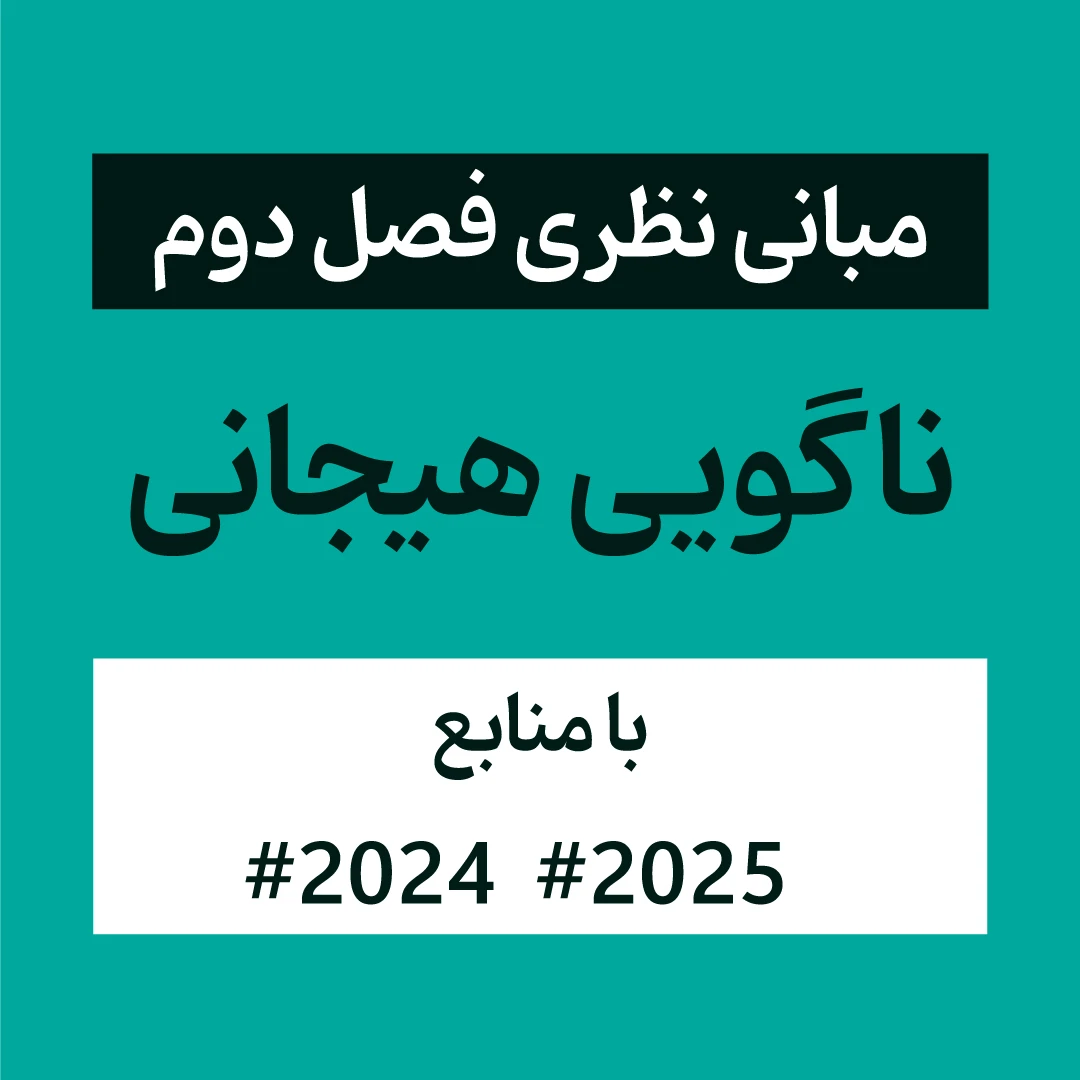
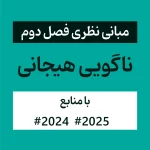

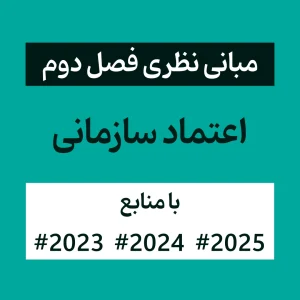

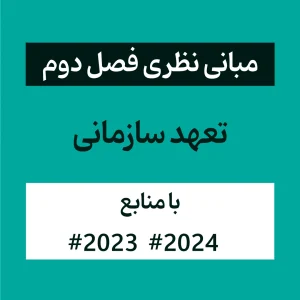
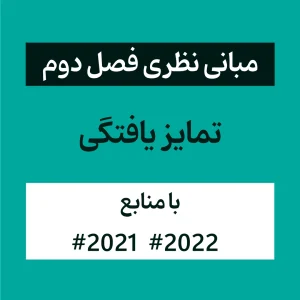

0دیدگاه